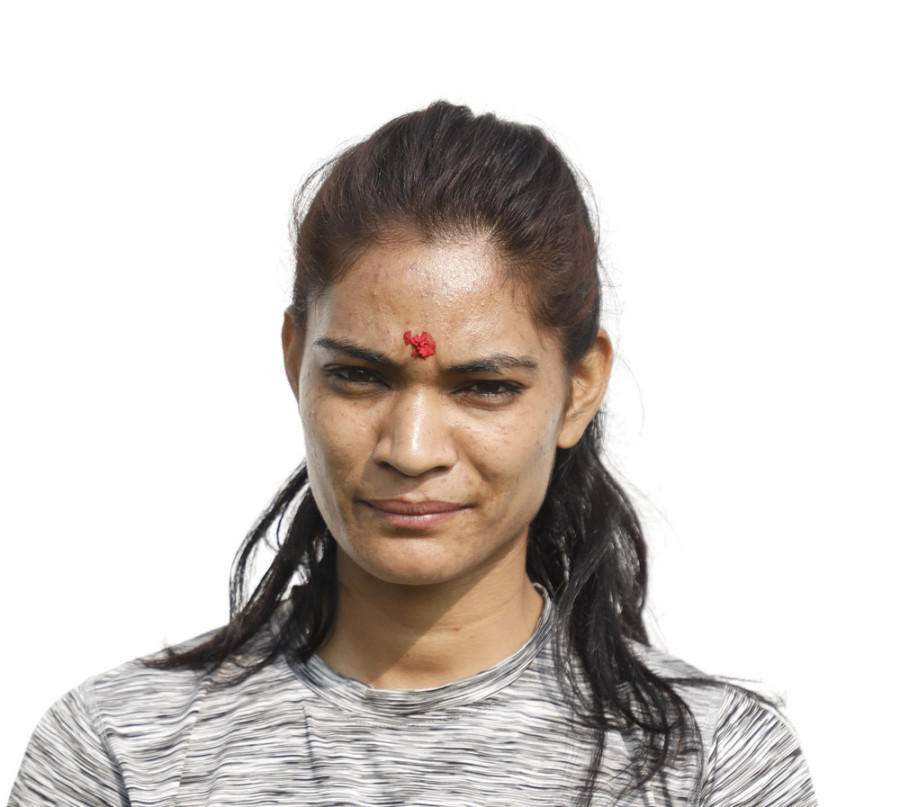Editorial
Blame the system, not the athletes
Nepali athletes should be able to earn enough during their short careers to last their lifetime.
Nepal has somehow managed to pull off the 13th South Asian Games—so far. This is saying a lot, since the organisers had fallen short of even securing the necessary equipment and revamping the necessary infrastructure on time. Questions remain whether the entire games will be successfully held—important infrastructure, such as the swimming pool, is yet to be complete. But it seems the sports authorities have gotten a respite from their own blunder and embarrassment due to the failure to plan.
Some of the attention, at least, has been taken away by Tulsa KC, previously a South Asian Games gold medal hopeful and now the subject of social media buzz. But rather than swallowing the narrative the authorities are attempting to peddle—that KC has ‘betrayed’ the country by leaving for Qatar—we ought to ask why she chose to leave the chance of attaining glory to go work in another country. The answer is closely tied to Nepal’s incompetence in promoting sport, providing for athletes and securing the necessary infrastructure. The reason behind KC’s departure, at the 11th hour before the South Asian Games, also resonates with another important question: Why are Nepalis forced to go abroad for work?
The negative criticism KC has received from some quarters of the media and civil society is unwarranted. Instead of attempting to vilify her for leaving, one should ask why she thought going to work in a foreign country would be a better option for her future over representing Nepal and winning medals. Nepal tends to celebrate winners with passion, but a consistent livelihood is an unachievable dream for most athletes. While some athletes can stretch it for longer, the average career span for an athlete is 10 years. This means that, if not in their early thirties, almost all athletes retire by the time they hit 40. During their relatively short career, the athlete is supposed to give their all to their sport—training, planning, resting and sacrificing personal lives to better their performance. The dedication is such, and the schedules so demanding, that most cannot afford the time to develop a secondary skillset to apply after retiring. This means that the athlete has to financially secure their and their family’s future and livelihood in the decade they have.
Nepal underpays its athletes, but what makes matters worse for most is that besides the few sportspersons that receive major coverage, the majority does not have sponsorships to fall back. This is especially true of athletics and sports that do not receive constant media attention. The recent feature by The Guardian covering mountaineer Lhakpa Sherpa’s predicament is a glaring example. For every Sandeep Lamichhane, who rightly and deservedly gets an opportunity at sponsorship (along with opportunities to work hard and earn enough from athletic endeavours), there are many Tulsa KCs and Lhakpa Sherpas who struggle with earning enough to survive the present—let alone secure their future.
And while increasing the wages and incentives of sportspersons to reflect their short career spans would give such athletes a breather to focus on succeeding, the problem runs deeper.
Take, for instance, Nepal’s paragliding team. After assuring the team that there would be a spot for the adventure sport in the Games, the authorities could not secure support from enough nations to make it happen. Now, the paragliders have been left dejected, after training for months on their own dime without institutional support; Nepal is short of potential eight medals.
If anything, it is not the athlete but the system that has betrayed athletes in Nepal.
***
What do you think?
Dear reader, we’d like to hear from you. We regularly publish letters to the editor on contemporary issues or direct responses to something the Post has recently published. Please send your letters to [email protected] with "Letter to the Editor" in the subject line. Please include your name, location, and a contact address so one of our editors can reach out to you.




 19.12°C Kathmandu
19.12°C Kathmandu














